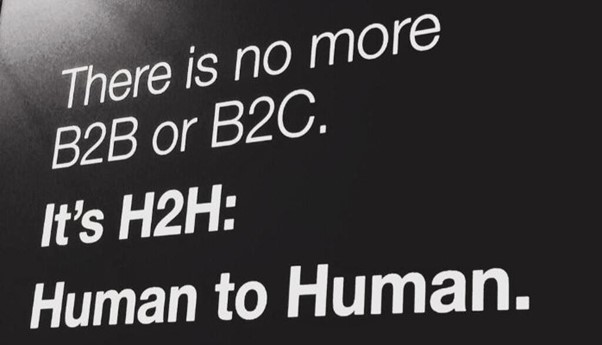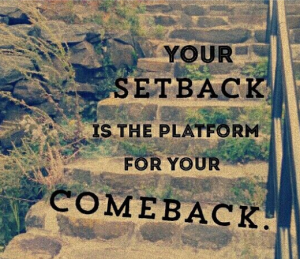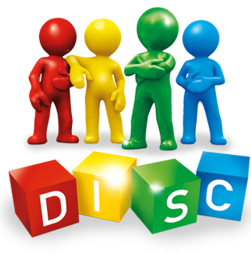I remember as a child growing up in Wicklow, Ireland, going into my Dad’s office and he was looking perplexed. I said, “What’s wrong Dad?” At which point he reached over and picked up a large pile of official looking pieces of paper and said, “Garret, if you ever go into business, please remember that irrespective of what we sell, we deal with people first. If we lose sight of the need to emotionally contract with the other person, we lose sight of how we should sell and help.”
He went on to explain that the document was a contract that he needed to
go through as the business he was working for didn’t listen to the needs and wants of his customer and just kept quoting the contract.
We don’t sell B2B or B2C we sell H2H.

Too often we hear businesses referring to their interactions as B2B (Business to Business) or B2C (Business to Consumer), but what do all of these transactions have in common?
That at the core of them all, there are humans.
So, what does a H2H sales approach mean?
Selling H2H (human to human), means focusing on understanding the needs, challenges, and goals of the people you are selling to. It involves effective communication, active listening, and tailoring your solutions to address their specific needs.
H2H selling creates emphasis on personal connections, empathy, and relationship-building. It’s about recognising that behind every sales interaction, whether B2B or B2C, there is a person who makes decisions, and building meaningful relationships with those individuals is crucial for successful sales.
With this in mind, how can you tailor your approach to begin selling H2H? Here are 10 tips when selling H2H:

1. Authenticity
Building trust and rapport with customers requires authenticity.
People want to connect with real people, not faceless corporations.
Sharing your company’s story, values, and culture can help to create a genuine connection with customers.
Authenticity not only builds trust and credibility with customers but also helps salespeople establish meaningful and lasting relationships with their clients.
2. Personalisation
Have you ever had a salesperson or company personalise a product or service to you?
If you have, you will know how it made you feel, and how you were more inclined to use that product or service.
“People will forget what you said, people will forget what you did,
but people will never forget how you made them feel.” – Maya Angelou
Tailor your marketing and customer interactions to individual preferences and needs.
Use data and technology to provide personalised experiences that show you understand and care about each customer. Some benefits of taking the time to personalise your sales pitch include:
- Making your pitch stand out from others
- Adds a ‘Human touch’ making it less ‘robotic’
- Shows the client that you understand their needs and goals
3. Communication
Effective communication is essential in sales. It’s important to engage in two-way conversations with your audience.
- Respond promptly to inquiries and feedback
- Actively seek out customer input and suggestions
If you would like to know more about how the
KONA Group can help you grow your business, click here.
4. Emotional Connection
Connect with your audience on an emotional level. Show empathy, compassion, and understanding. People are more likely to support businesses that align with their values and emotions.
Businesses that create strong “emotional contracts” with their customers develop a high level of trust, which overtime, increases revenue due to repeat purchases.
5. Transparency
Be transparent about your products, services, and business practices. Honest and open communication builds trust and credibility.
Putting ourselves in the customers shoes, when we purchase any product or service from a business, we expect honesty.
Customers don’t want to be misled, no matter how small the detail may be.

6. Storytelling
Share stories that resonate with your audience. Storytelling is a powerful way to convey your brand’s mission, values, and impact.
To be an exceptional salesperson these days, it requires more than product knowledge and data; you also need the ability to wrap the data in relevant stories.
Storytelling in sales allows you to bring more genuine emotion, trust, and connection into the process.
7. Customer-Centric Approach
Put the customer at the centre of everything you do. Make it easy for customers to reach out, provide feedback, and get support. Continuously improve based on their needs and preferences.
Being customer-centric makes it easier for customers to make purchases and can actually make customers want to purchase. Word of mouth is a powerful tool in sales, and if word gets around that you provide excellent customer service, it can lead to more referrals and ultimately more sales.

8. Community Building
- Foster a sense of community around your brand.
- Encourage customers to connect with each other and with your team.
- You can do this through social media, forums, events, the list goes on.
9. Long-Term Relationships
Focus on building long-term relationships rather than just making one-time sales. Loyal customers who feel connected to your brand are more likely to stay and advocate for your business.
10. Feedback Loop
Establish a feedback loop to gather and act on customer feedback. This demonstrates that you value their opinions and are committed to improving their experience.
Asking for feedback can help to uncover new opportunities within client relationships and reduce customer complaints because you will be promptly reacting to their needs.
In the end, whether you’re selling to other businesses or directly to consumers, the H2H approach underscores the importance of human connection, empathy, and building lasting relationships.
It’s a mindset that can help businesses thrive in today’s customer-centric and highly competitive marketplaces.
Want to know more about KONA’s H2H Selling approach and
how you can implement this mindset in your business?
Call 1300 611 288 or Email info@kona.com.au










































































































